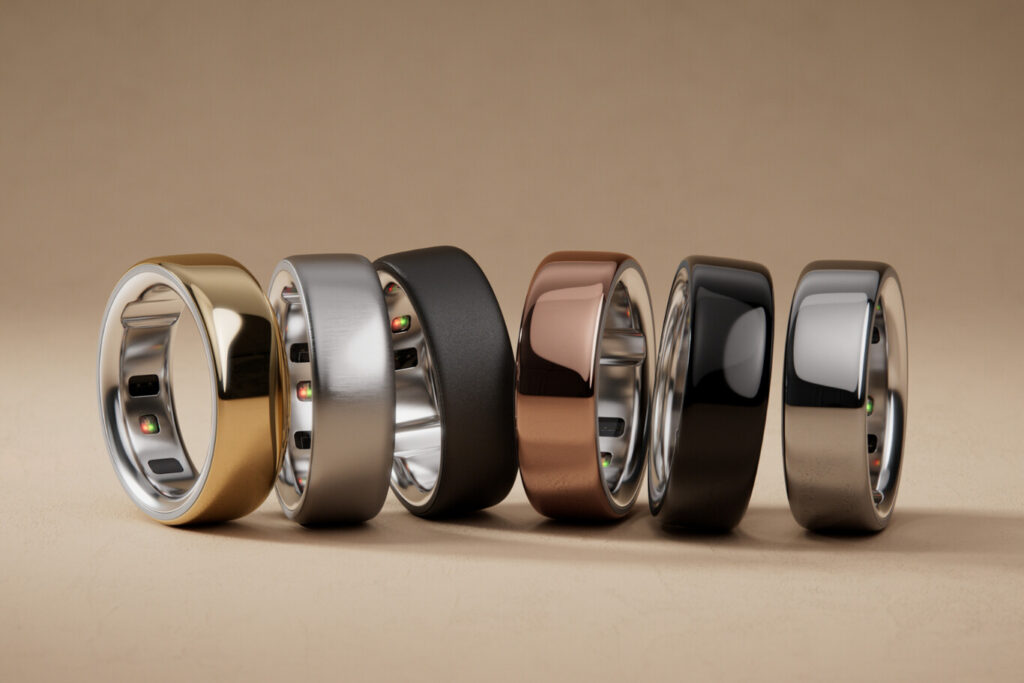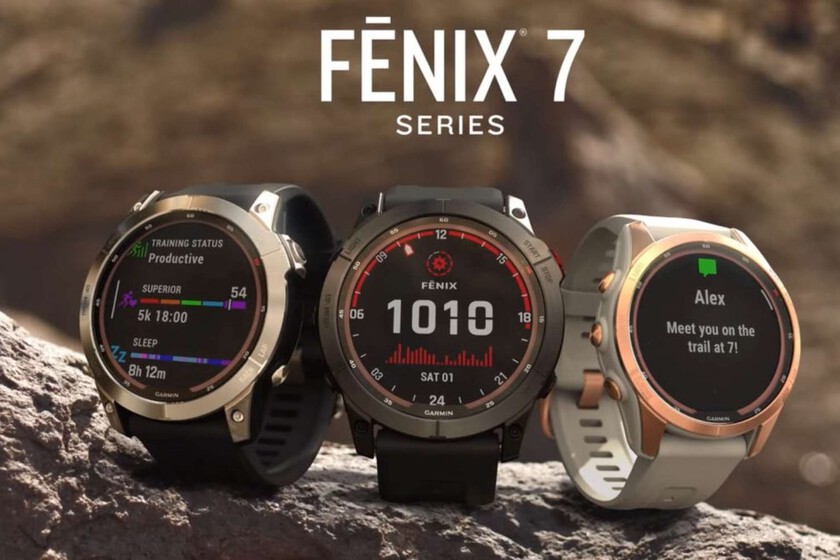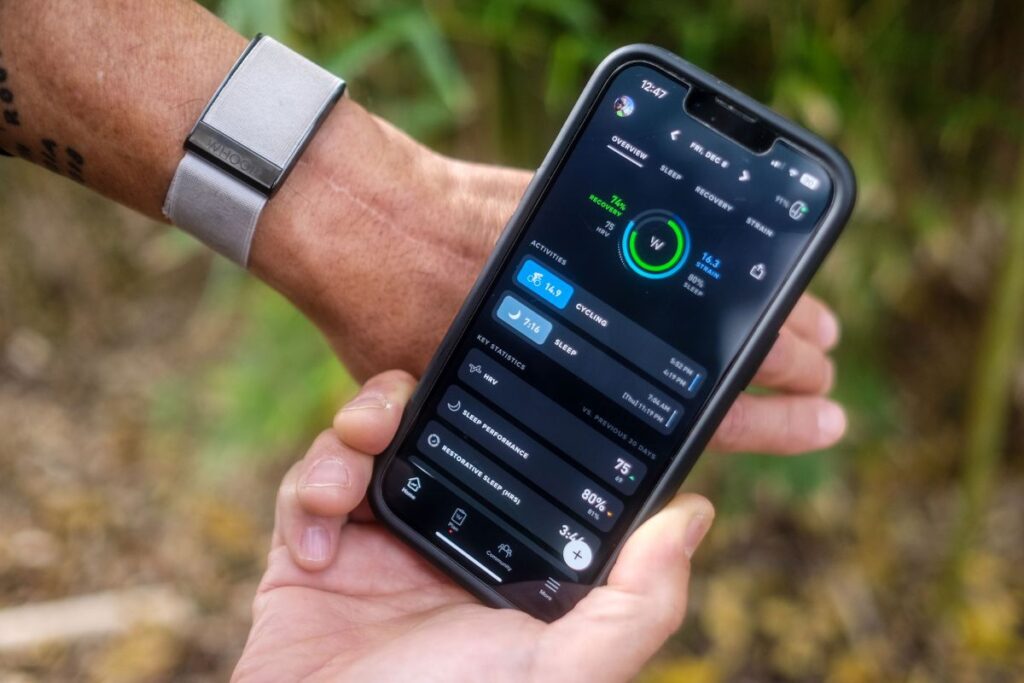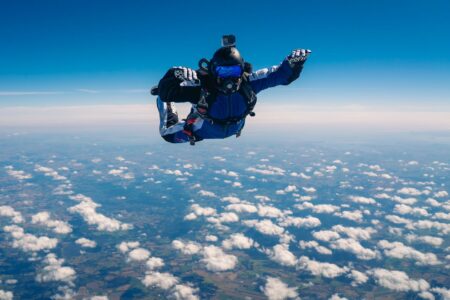In the rise of active longevity, wearable technology has become an indispensable ally for those seeking to optimise their physical and mental health. From elite athletes to fast-paced executives, devices that monitor sleep, recovery and training offer personalised metrics to maximise performance and prevent burnout. Here we analyse and compare the world's top three brands in this field: Whoop, Oura y Garmin.
1. Whoop 4.0
Best for: Athletes and users interested in daily physical performance and recovery metrics.
Advantages:
- Continuous monitoring without displayWhoop focuses on capturing data without visual distractions, for 24/7 use without the need for constant intervention.
- Advanced recovery metricsIts algorithm calculates a daily score based on heart rate variability (HRV), sleep and training load.
- Customised cardiovascular loadingAdjust effort recommendations according to your actual recovery.
- Intuitive, coaching-oriented app interfaceIdeal for those looking to optimise their daily training.
Disadvantages:
- Subscription modelThe monthly cost can be a deterrent, especially for those who prefer a one-off payment.
- No displayNo display of time and notifications, which may be inconvenient for some users.

2. Oura Ring Gen 3
Best for: Biohackers, wellness users and people focused on optimising sleep and overall health with a discreet design.
Advantages:
- Elegant and discreet design: Worn like a ring, which makes it ideal for those who don't want a watch on their wrist.
- Accurate sleep trackingIt is considered one of the most accurate devices for analysing sleep phases, body temperature and HRV.
- Predicting menstrual cycles and early signs of diseaseThanks to its infrared temperature sensor.
- Aeroplane mode and minimal EMF exposureIdeal for those concerned about digital health.
Disadvantages:
- Does not show real-time data: Everything must be consulted from the app.
- Subscription optional but required for advanced features.
- Less focus on active training: Exercise metrics are limited compared to Whoop or Garmin.
3. Garmin Fenix 7 / Epix Pro
Best for: High-performance athletes and adventurers who need detailed metrics, GPS and advanced features across multiple disciplines.
Advantages:
- Full multisport functionalityFrom trail running and cycling to skiing and golf, with specific metrics.
- Integrated GPS and topographic mapsIdeal for outdoor sports and adventures.
- Exceptional battery lifeUp to 2 weeks or more, depending on use.
- Display and notifications: Can be used as a smartwatch with alerts, payments and apps.
Disadvantages:
- Volume and weightNot the most comfortable for sleeping or for those looking for something minimalist.
- High priceAlthough it is a one-off payment, it can exceed €900 for the most advanced models.
- Less focus on subjective recoveryAlthough it includes Body Battery and HRV, it does not go as deep as Whoop.

Price comparison over 2 years:
| Make / Model | Initial Cost | Subscription | Total 2 Years (approx.) |
| Whoop 4.0 | 0 € | Yes | 480 € |
| Oura Ring Gen 3 | 319-449 € | Optional | 463-593 € |
| Garmin Fenix / Epix | 699-1100+ € | No | 699-1100+ € |
To each his own
- For those more focused on daily physical performance and recovery, Whoop remains the leader for its accuracy and unique focus on health data.
- For those who prioritise holistic wellbeing, quality of sleep and discretion, Oura Ring is the ideal choice.
- For demanding athletes, adventure lovers or those who want an all-in-one with maps, smartwatch and sport., Garmin is unbeatable.
Each offers different benefits depending on lifestyle, level of physical demand and sensitivity to personal health. In a world where active longevity is the new luxury, these devices allow you to not only train better, but live more consciously.






